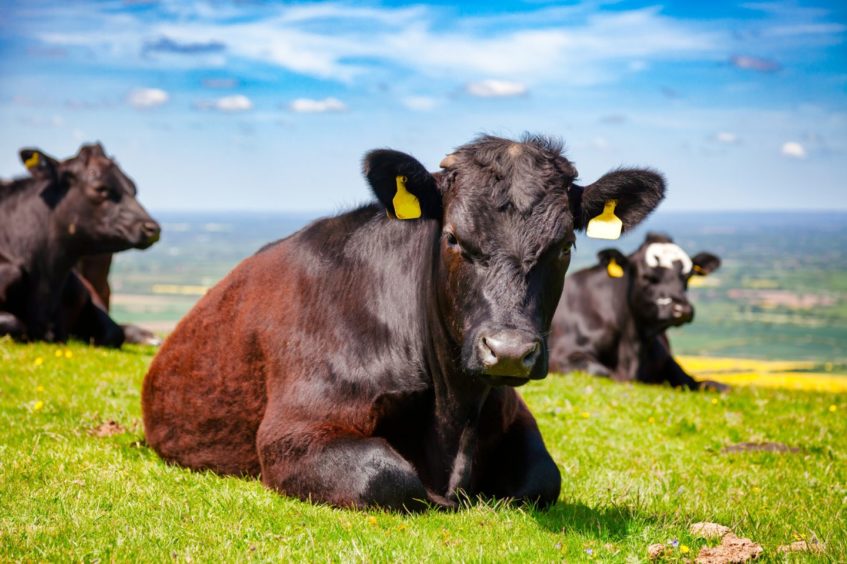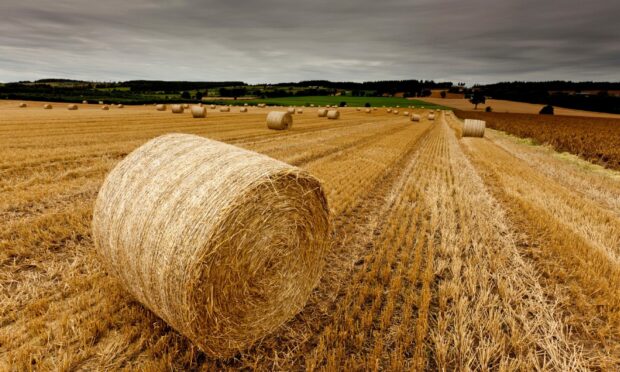The purpose of the unification of the Scottish Land Court and the Lands Tribunal for Scotland announced by the Scottish Government last week is to simplify arrangements for the resolution of land law disputes.
As matters stand, anyone with a legal problem involving land is faced with the question of whether it is a matter for the Land Court, The Lands Tribunal or the ordinary courts.
This is an accident of history.
The Land Court was set up under the Small Landholders (Scotland) Act 1911 to address agrarian unrest in the Highlands and Islands caused by the eviction of crofters from their land in the 19th Century.
It is one of Scotland’s senior courts, with its decisions having the same standing as decisions of the Court of Session.
The Lands Tribunal is a much more recent arrival, having been set up only in 1971.
Soon after, in 1978, the Chair of the Court and the Presidency of the Tribunal were unified into one position, and the two bodies have had the same judicial head ever since.
Historically, the Lands Tribunal has always operated much more like a court.
Tribunals are usually more informal in their procedures, have less in the way of enforcement powers and often involve individuals versus the State.
The bulk of litigation carried on in courts is in the form of individuals or other legal entities against each other.
However, proceedings before the Lands Tribunal are every bit as formal as those before the Land Court. That makes unification more straightforward as no informality will be lost.
The Land Court’s core business is tenanted agricultural land, which means, broadly, crofting in the north of Scotland and tenant farming elsewhere, although in recent years it has also acquired significant appellate functions in relation to the Crofting Commission, Scottish Ministers, NatureScot and SEPA.
The jurisdiction of the Tribunal is more wide-ranging and disparate, covering variation of title conditions, questions relating to the Land Register, assessment of compensation for land compulsorily acquired, and cases involving the siting of telecommunications apparatus.
The advantages of unification can be summed up in three words: simplicity, coherence and flexibility.
Simplicity is achieved by the creation of one body providing the public with a “one-stop shop”.
Coherence takes the form of removing present statutory anomalies whereby the two bodies both have roles to play in the same process, for example in the tenant farmer’s ‘right to buy’ which includes a provision whereby the Tribunal is to refer certain questions to the Court.
Were the two bodies entirely separate that would make sense but where they have the same judicial head it means that the President of the Tribunal is referring the question to himself in his capacity as Chair of the Court.
Flexibility comes from being able to deploy personnel across the unified jurisdiction, matching the available expertise to the needs of the case.
There are some Lands Tribunal cases where agricultural expertise is useful and some Land Court cases where the expertise of Lands Tribunal surveyors is invaluable.
Where this flexibility will be more frequently used, however, is in the ability to deploy both the Court’s and the Tribunal’s lawyers for all hearings. At the moment, the Deputy Chairman of the Court can’t sit on cases in the Tribunal and vice versa.
What was announced last week stems from a paper I, with the backing of the Lord President, Lord Carloway (and his predecessor Lord Gill) put to the Scottish Government.
I am convinced that it will lead to a better service for land law litigants in Scotland.
- Lord Minginish is chairman of the Scottish Land Court and president of the Lands Tribunal for Scotland.


